
You probably remember a few famous product failures from equally famous companies. Google Glass, the New Coke, and the Ford Edsel come to mind. Yet there are many famous and good products that failed but later succeeded that don't necessarily come to mind.
Bubble Wrap was created in 1957 as a trendy wallpaper. Seriously. That product failed so they tried to market it as insulation for greenhouses and homes. That was better, but it wasn’t until IBM used Bubble Wrap to protect computer shipments that the product succeeded. Then there’s James Dyson, who begins developing and building 5,127 prototypes of his famous vacuum cleaner in 1979. In 1995, after rejection by all the major manufacturers, it finally becomes a best-selling product in the UK.
These stories of successful products that failed at first should easily inspire us to take stock when faced with a product failure. Don’t destroy that great idea…just yet. It is indeed possible to re-launch a failed or sluggish product and in turn, revive a failing business. And if your business instincts are usually right, that’s even more reason to figure out what went wrong.
What can organizations do to prevent product failure?
Analyze Why Your Product or Service Failed or Why It’s Dying
In one sense, no product is ever a complete failure if you learn the lessons about why it failed. Data analysis about the failure can vastly improve your customer experience with other products.
In How to Recover from a Failed Product Launch, Kissmetrics suggests the first step is to analyze all your metrics about the product launch itself. If you use Google Analytics, that’s a good place to start. You can also get good insight from your contact management system and email platform. Collect data anywhere you can.
After that, talk to and survey your customers and target market to get feedback on the product. If you use distributors, talk to them, too. Again, collect your product data anywhere and everywhere.
If your analysis leads you to believe you still have a viable product, step two is to overhaul the product and/or the marketing. That’s where the hard work begins. It takes a lot of brainstorming, guesswork, and testing.
With that in mind, here are 18 ideas about how to revitalize a failed or fading product.
1 - Give your product a name.
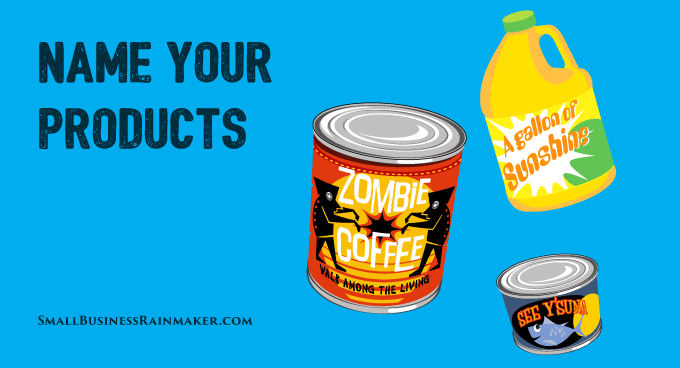
A name turns a product into a brand and a brand has value. It implies expertise. It turns the product into something that you, your clients, and your employees can identify with.
Take a simple screwdriver set, for example. What’s more interesting, a “Screwdriver Set” or “Cushion-Grip Screwdriver Set from Klein Tools?”
If your company is a recognized brand, or you own a recognized brand name, use it. A “Craftsman Screwdriver Set” from Sears has for decades implied professionalism, quality, and lifetime performance.
Naming, a component of branding, is one of the most effective ways to revive a failed product.
2 - Give it a new name.
If the product had a name the first time around, try a new one.
3 - Promote it using media you didn’t use the first time around.

Too many businesses limit their marketing message by sticking to what’s normal in their industry, or by following what the other guy is doing.
Of course, your marketing should start by defining your ideal customer(s) in great detail. Then you find out where they can be reached, where they hang out. Lastly you use ALL the media that will reach them. This is called omni-channel or cross-channel marketing.
I’ve seen businesses who, for instance, only advertise on Facebook, or only in the newspaper, or only through one or two other media. There is a vast array of media available through which you can convey your product message. A short sampling:
Magazines (print and digital)
Blogs
Newspapers
Radio
Television
Local Events
Social Media (Facebook, LinkedIn, Twitter, Instagram, Pinterest, and more)
Direct Mail
Trade Shows
Business Networking
Trade Associations
Yes, an omni-channel approach is a lot of work but the alternative, watching your product die, is worse. You also need to be sure you can track all your efforts in each media, so you know your Return on Investment, or Return on Marketing Dollars. The payoff is worth it.
4 - Change the product messaging.
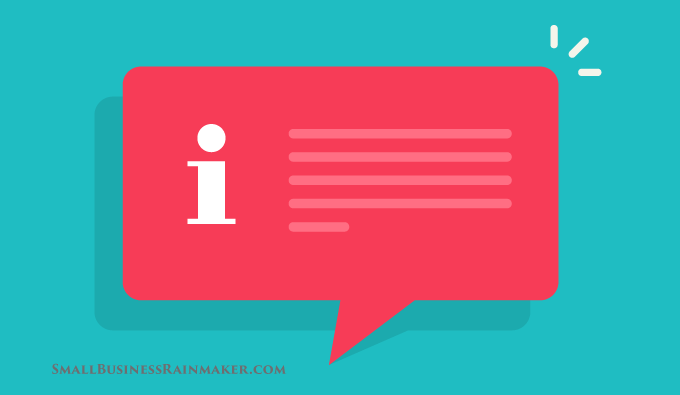
Perhaps your product solves a real problem, a real customer pain point, but you’re not conveying it. The customer doesn’t see it.
Talk to customers who are happy with your failing product. You might find out they love it for reasons you didn't consider.
5 - Change the product sales strategy.
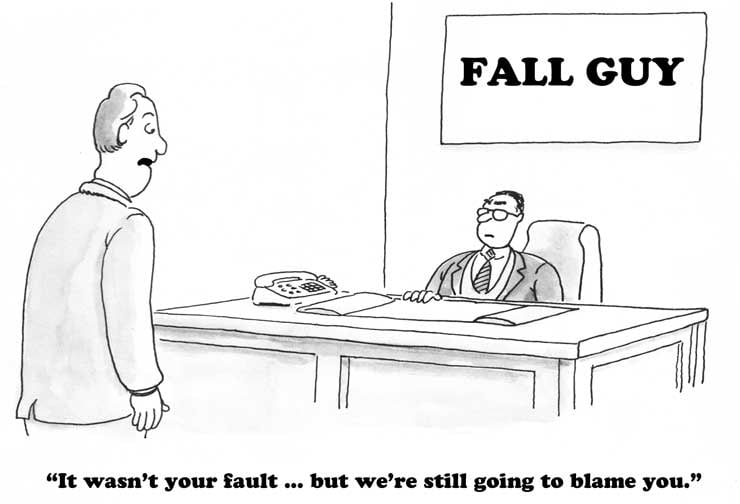
If your product is sold via direct sales people, there could be a flaw in your product sales strategy or a missing skill with the salesperson. Some signs that your sales strategy might need updating or that you might need to extend the sales process:
• Your prospects still have the pain point your product can solve. This goes back to messaging.
• Your prospect never said “No.” Most people are very busy at work and it’s easy to get sidetracked. If you gave up after six months, you might have to extend the sales cycle to twelve.
• Your salesperson only had contact with one person in the company. Many companies, even small ones, have more than one person involved in purchase approvals. You might be speaking to a manager or administrative person, but the owner writes the check once he or she is convinced of the need.
6 - Tell a story about your product.
Look closely at your customer demographics. Who are they? What age? What are their hobbies and passions? Income? Find out everything you can and write a new story about your product that appeals to that segment. Or write multiple stories to appeal to each demographic segment.
For instance, when I sold products to the print finishing industry, I wrapped the product in multiple “stories” to appeal to my prospects role in the organization. A story from my own history about too many overtime nights and weekends and ruined holidays appealed to the end-user on the factory floor. With our product they could avoid the unexpected overtime scenario, still get all their work done, and enjoy a three-day weekend with their family. For managers I had stories and testimonials about reduced customer complaint and smoother production with less effort. For company owners, I had stories (case studies) detailing their potential return on investment, client acquisition, and client retention.
Your customer doesn’t necessarily identify with your product. But they DO identify with human struggles that are similar to their own. That’s where your story comes in to play.
7 - Get someone else to promote your product.

Find a non-competitor who services your target market and see if they’d be interested in adding it to their product line.
In exchange, you could promote one of their products or services to your clients. Cross promotions or joint ventures like this can quickly open up new markets for a product with sluggish sales.
8 - Find a new product distribution channel.
Whether you’re selling direct or selling through a single distribution channel, think about adding another distributor channel. Conversely, if you only sell through distribution channels, consider selling directly. Today, selling products direct is easy to do with the availability of online video, webinars, conference calls, and automated contact management systems.
9 - Offer your product to beta test customers at a discount, or for free.
Use the feedback to improve the product and get testimonials.
10 - Do a product launch.
Launches create excitement and buzz that generates even more leads than a boring old product release.
If you did a product launch the first time around, do your product launch analysis as we discussed above, re-vamp it and the product if needed, and try another launch.
11 - Speak at events attended by your ideal customers.
Trade shows, local business networking groups, and coaching groups all need speakers.
12 - Host an event that also features your product.
You could craft an educational event that helps your target market solve a specific problem. You could also co-host it with other non-competitive strategic partners.
For example, if you sell a special gizmo to auto repair shops, you could hold an event that teaches local auto repair shops how to repair more cars per day without hiring extra staff. Of course, it would include your gizmo.
13 - Target a different market.
Analyze your product’s ideal customer. Maybe you targeted the wrong person. The Bubble Wrap story is the perfect example of how to find different markets for your products.
14 - Change your product pricing.
If it’s a large product with several components or services, break it apart into separate products. It’s possible your ideal customer doesn’t need everything you offer, but would happily buy the components.
Conversely, try bundled pricing in which you add other valuable, related products or services, usually offering a discount for the bundle. Sometimes the addition of services such as free tech support, maintenace contracts, or extended warranties can boost lagging product sales, especially with complex, technical products.
15 - Get strategic marketing advice from a business coach or marketing advisor.
My recommendation is to do this step no matter what. When we’re too close to the action in our businesses, it’s hard to re-think and break away in new directions, even if a team is involved. An outside advisor with a fresh perspective and no competing agendas can quickly see things you and your team might miss.
16 - Examine the cultural background of your product target markets.

In Cashing in on Culture: Breathing New Life into Old Brands, the author reminds us that culture can make or break a product. Dr. Inka Crosswaite writes, “many South Africans think beer in green bottles is ‘posher’ than beer in brown bottles, while the Greeks think about the category the other way around.”
We live in a multi-cultural world. We naturally bring our cultural influences and biases to those products and services we create. That’s precisely why it’s important to ask if these influences attract or repel our target market, especially if we are selling internationally.
17 - Get creative, almost to the point of crazy.
Daniel Burrus illustrates the point perfectly with a short story about a classical music quartet.
“The following three-minute video is worth viewing to see how a classical music quartet used their creativity to add a new dimension to the overall audience experience and to attract new listeners to an old form of music. By expanding their traditional audience, they are now in high demand and can dramatically increase their income.”
18 - Try a different visual look for your packaging and promotion.
Looks matter. If possible, test several designs. Unlike years ago, you don’t have to spend much at all to get plenty of awesome custom design ideas.
99designs is an interesting way to get feedback from dozens of designers, as shown in the image above, without having to hire them. You post a project (“contest”) and designers from around the world submit their preliminary designs for your product packaging. When the contest closes, you pick only the design you like. The winning designer then finishes the project to your satisfaction. In the unlikely event that none of the designs appeal to you, you don’t have to pick a winner or pay for any of the submissions.
I hope these 18 product revival strategies give you some actionable takeaways.
Sometimes the key to reviving a failing business is found in a single product.
As always, please share your stories below about how you’ve revived a dying product. We welcome your comments and suggestions.
If you like this article, please share with your friends and colleagues using the social buttons on the left.



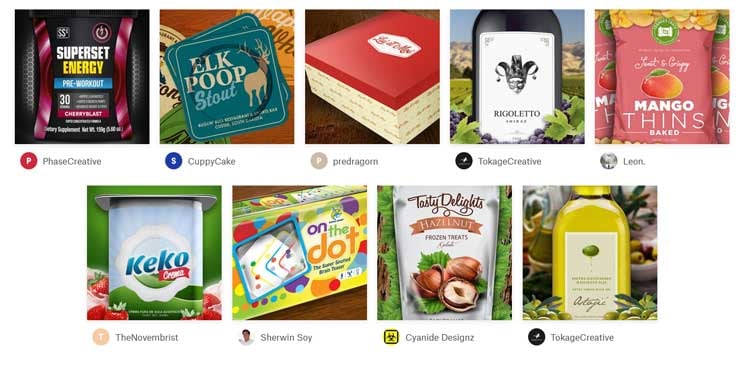







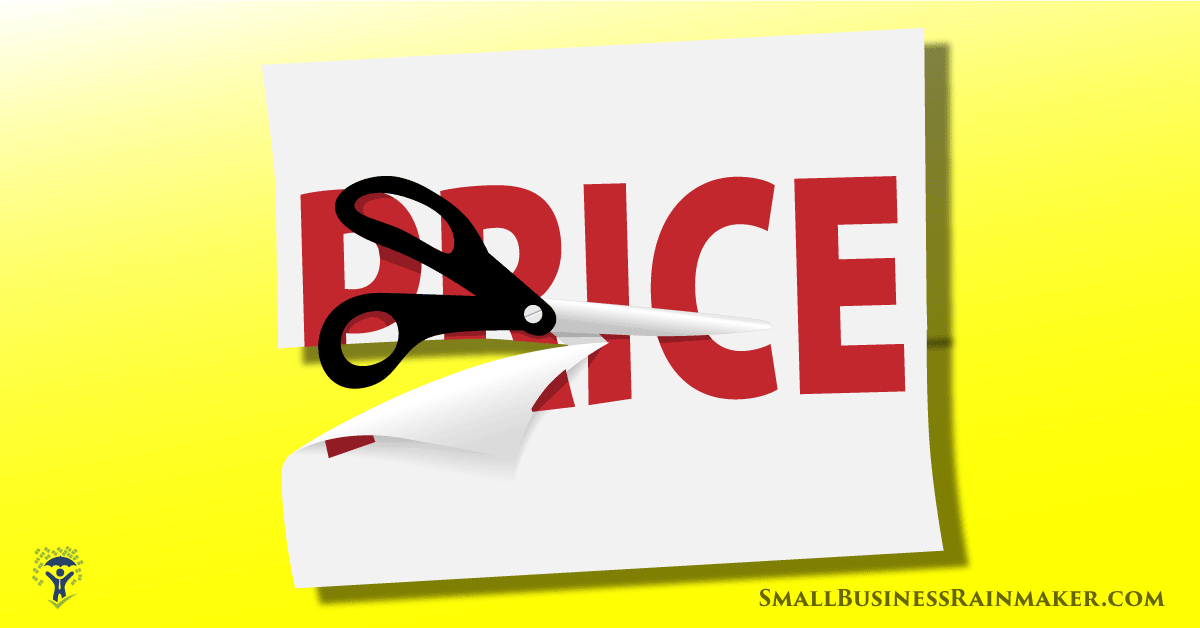
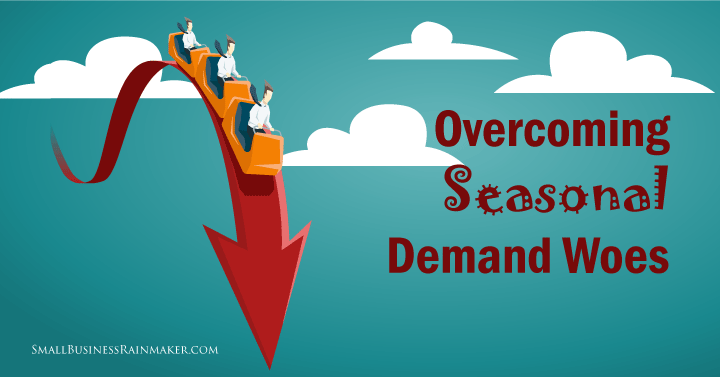


Leave a comment